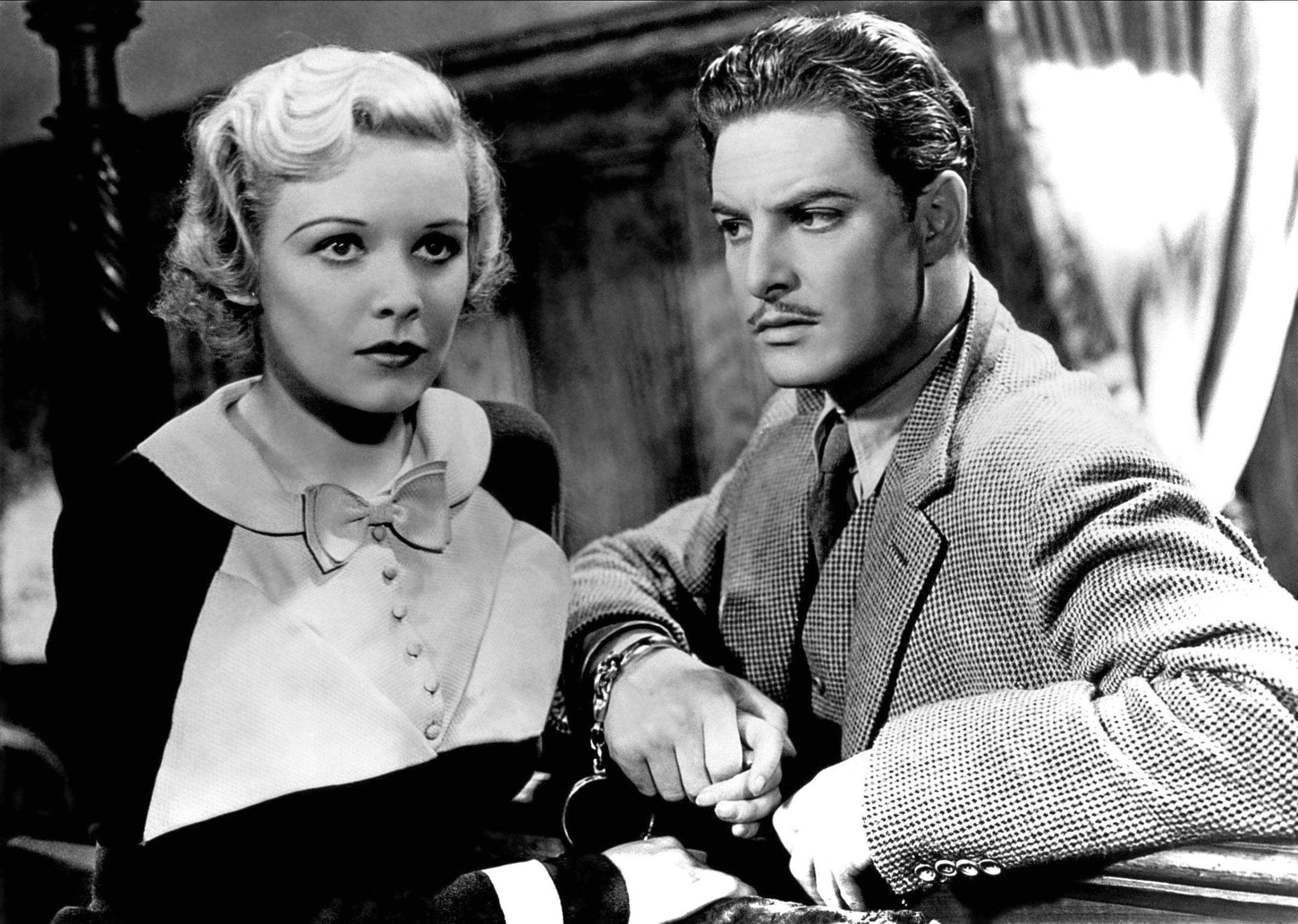A Film of Episodes
The 39 Steps (1935) is one of Hitchcock’s most accomplished early films. It’s also the movie that caught the eye of Hollywood, and the rest — as they say — is history. On the surface, it’s a story about spies and vital information that can’t fall into the wrong hands. Dig deeper, and you’ll find a thrilling adventure of a man wrongly accused of a crime (a favorite Hitchcock theme), as well as a romantic comedy that’s centered on an unlikely couple.
Based on a famous novel by John Buchan, the author was initially upset with the changes Hitchcock made for the film. Years later, he acknowledged Hitchcock had improved the story. In a 1962 interview with Françoise Truffaut, Hitchcock explained his approach to adapting the story:
I worked on the scenario with Charles Bennett, and the method I used in those days was to make a treatment complete in every detail, except for the dialogue. I saw it as a film of episodes, and this time I was on my toes. As soon as we were through with one episode, I remember saying, ‘Here we need a good short story.’ I made sure the content of every scene was very solid, so that each one would be a little film in itself.
Given Hitchcock’s remarks, it’s a wonder the movie doesn’t feel disjointed. Hitchcock was such a skilled director at this point in his career, he was able to hold the episodes together through the strength of the characters and thrill of the chase. As in many of Hitchcock’s films, the origins of the crime or espionage are unimportant. We don’t care what the 39 steps are, and neither does Hitchcock. He even has to insert a few lines at the end to remind us what all the hubbub was about.
The film is filled with deftly rendered vignettes, such as the sequence with the farmer and his wife. Richard Hannay (played by Robert Donat) encounters them as he flees the police. Based on just a few gestures and glances, we immediately understand the couple’s relationship. When a handcuffed Hannay evades detection by joining a Salvation Army parade, and then is mistaken for a political speaker (he’s hustled onto the platform to improvise an election speech), we willingly go along for the ride. And when those same handcuffs bind Hannay with a woman (played by Madeleine Carroll) who despises him, we savor the improbable circumstances that ultimately bring the two together together. The 39 Steps is only 81 minutes long, but it has more thrills, comedy, romance, and understated wit than the vast majority of films you’ll see. As Hitchcock explained to Truffaut in the interview, “You use one idea after another and eliminate anything that interferes with the swift pace.”
The two-disc-set DVD of The 39 Steps includes a bonus documentary titled The Art of Film: Vintage Hitchcock. It’s an excellent introduction to Hitchcock’s early British films, which include The Man Who Knew Too Much (1934), Sabotage (1936), Young and Innocent (1937), and The Lady Vanishes (1938).
The 39 Steps
(1935; directed by Alfred Hitchcock)
The Criterion Collection (Blu-ray and DVD)
Monday, July 8 at 1:00 p.m. eastern on Turner Classic Movies
Reviews